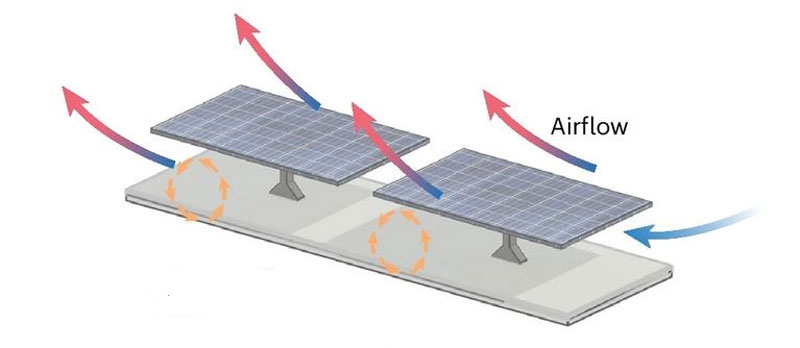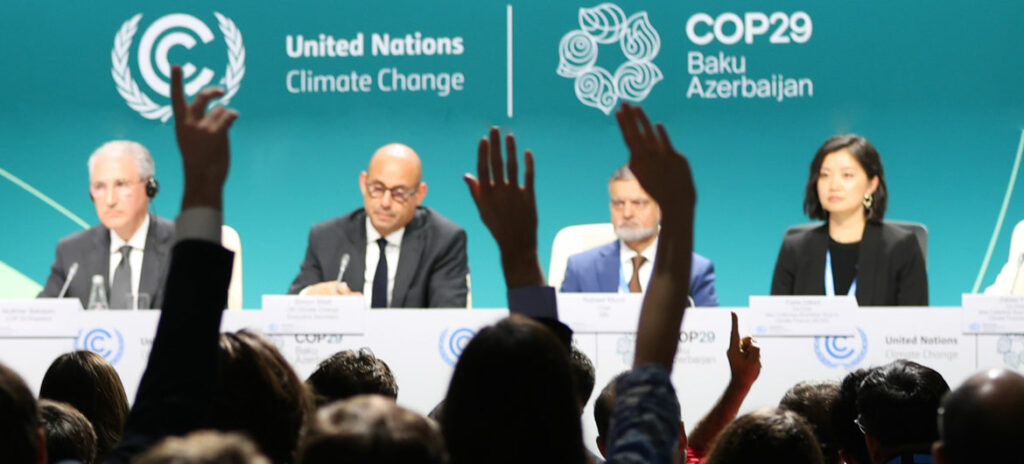A new set of models and field tests in cities in India, Australia, the United States and Europe have shown that placing solar panels on urban rooftops improves air mixing and makes air cleaner at ground level, and makes days warmer and nights cooler.

Image source: University of Calcutta
An international team of scientists from India, Australia, the United States and Europe has conducted the first comprehensive study of the impact of rooftop solar photovoltaic installations on urban climates. But the most valuable part of the study was the creation of the most comprehensive digital model for assessing the impact of solar panels on urban microclimates.
The calculation tool proposed by the scientists uses the latest Weather Research and Forecasting (WRF) model, which integrates the Building Energy Model (BEM) and Building Effect Parameterization (BEP). The model was tested on ten observation sites in Kolkata (India) using experimentally obtained data.
Five experiments were conducted in Kolkata during one of the hottest months. The reflectivity of the bare roof (albedo) was set to 0.15. The experiments investigated variants with the coverage of the city roofs with solar installations at the level of 0.25, 0.50, 0.75 and 1.0 area. The albedo for the panels, the conversion efficiency and the emissivity were set at 0.11, 0.19 and 0.95 respectively.
The method was first tested in Kolkata and then confirmed in Sydney (Australia), Austin (USA, Texas), Athens (Greece) and Brussels (Belgium) to ensure that the results are not limited to a specific climate zone. It was found that placing solar panels on the roofs of houses in cities increases daytime ground-level temperatures by 1.1–1.9 °C (more in some places, less in others). Rooftop panels also help to lower the air temperature at night at ground level by 0.3–0.8 °C.
Finally, and most significantly, rooftop panels enhance air mixing on city streets, raising the so-called planetary boundary layer – the lowest part of the atmosphere directly affected by the Earth’s surface – to a height of 615.6 m. This reduces air pollution at ground level, which can be considered a benefit for cities and their residents.
https://3dnews.ru/1112845/solnechnie-paneli-na-krishah-delayut-dni-v-gorode-teplee-a-nochi-prohladnee
Source:



